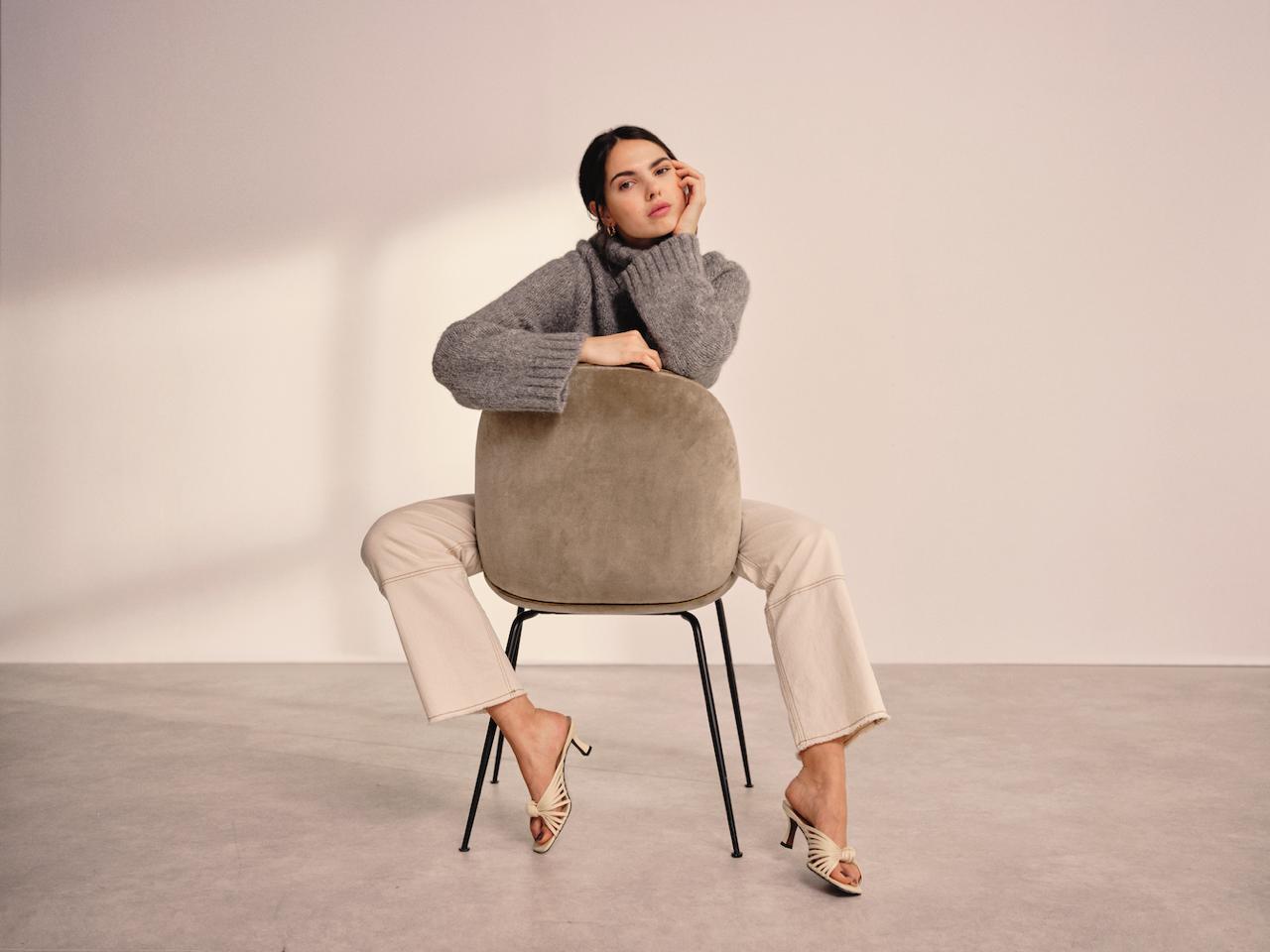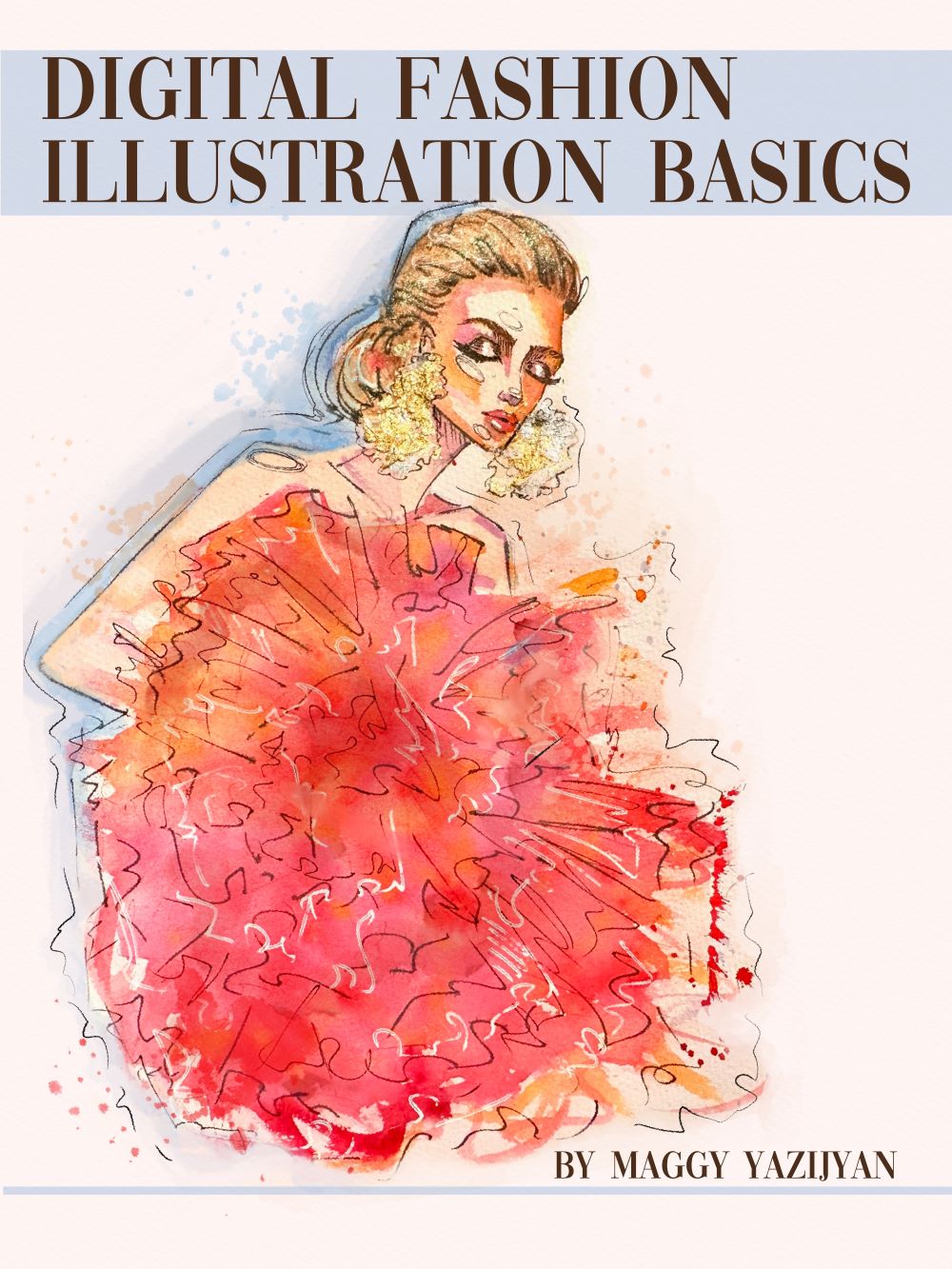Linen is both trendy and chic and snow white dresses and shirts can be seen not only on the most luxurious resorts but also all over social media. What makes linen so appealing? Throughout the history linen has a been associated with luxury and this article will explore the popularity of this natural textile and introduce an international brand Fácil Blanco based in Dubai.

The History of Linen
History of linen use goes back many thousands of years. Dyed flax fibers are found in a prehistoric cave in Georgia which is evidence that woven linen fabrics from wild flax were used some 36,000 years ago.

In ancient Egypt linen was used for mummification and for burial shrouds because it symbolized light and purity as well as wealth. Linen was so valued in ancient Egypt that it was used as currency in some cases. Linen was also produced in ancient Mesopotamia and reserved for higher classes.
Slow Fashion
As the demand for slow fashion is growing both worldwide and in United Arab Emirates, I was happy to discover Fácil Blanco. The brand is committed to designing beautiful pieces that will last a lifetime and does not associate itself with throwaway fashion pieces. The creators of Fácil Blanco are happy to support the revolutionary slow fashion movement which is fast becoming a focus in many production industries, especially within the global fashion world.

WHAT IS SLOW FASHION ?
Slow fashion is the alternative to fast fashion, with the term first coined by Kate Fletcher in 2007. The expression is used to describe a more eco-friendly and ethical view and practice of producing and selling clothing.
Unlike fast fashion, the slow fashion movement advocates for good quality textiles and garments, a clean environment and fairness for both consumers and producers. This philosophy is achieved by brands that produce textiles and garments of a high quality that are made to last, from organic materials using low footprint production techniques, while also paying a fair wage to those who make the garments.

THE EFFECT OF FASHION ON THE ENVIRONMENT & THE WORLD
In a world too occupied with throwaway culture, fast fashion garments are now contributing to more climate change than air and sea travel combined. The cost of clothing becoming so cheap has encouraged single use purchases within the fashion industry, a concept which really has little to no benefit for the environment, consumers and producers.
Here are some scary facts about fast fashion:
- More than half of all items are thrown away in less than a year
- In 2015, greenhouse gas emissions from textiles production globally totalled 1.2 billion tonnes of CO2 equivalent
- Less than 1% of the material used to produce clothing globally is recycled into new clothing, with only 12% recycled into other products such as insulation or mattress stuffing
Many textiles also wreak havoc on the environment during both their growth as fibres in a field, to their manufacturing process in a warehouse. Between the pesticides used, the amount of water required and greenhouse gas emissions, it is detrimental on such an economy of scale as seen in the fast fashion movement.

However, there are other negative consequences to consider as well. Cheap, fast fashion results in low paid workers in many countries around the world that are unable to provide for their families and work in poor conditions.
We are not saying to people on a low income you can’t buy cheap clothes. We are saying it is time that the cost should reflect the true cost of the minimum wage and decent working conditions and growing stuff without pesticides. It needs to be sustainable from top to bottom and we don’t think the true cost is a $5 dress. That price is not being paid by us, it is being paid by someone else and the environment.

Fácil Blanco. Sustainability Practices
Fácil Blanco only works with the highest quality 100% natural linen. Technically, flax which forms the basis of linen is a vegetable, made from fibres that grow inside of the flax plant.
Flax is a very sustainable resource, able to grow in poor soil (requiring significantly less water to produce than cotton) and with little to no need for pesticides.
The flax plant also grows beautiful blue flowers known as Saphyr. They bloom at dawn and close in the same day. A field of these amazing blue flowers looks like a reflection of the sky.

The brand’s motto is “Fashion for Life” and all garments are designed with simplicity and comfort in mind.
The 160gsm linen sourced from Italy to last for years combined with excellent craftsmanship makes Fàcil Blanco designs so beautiful to wear.

To learn more about Fácil Blanco visit their website or instagram.
Hope you enjoyed reading the article, please share your thoughts. Are you going to add linen dresses on your shopping list?
Loads of love,
Slava Noor


